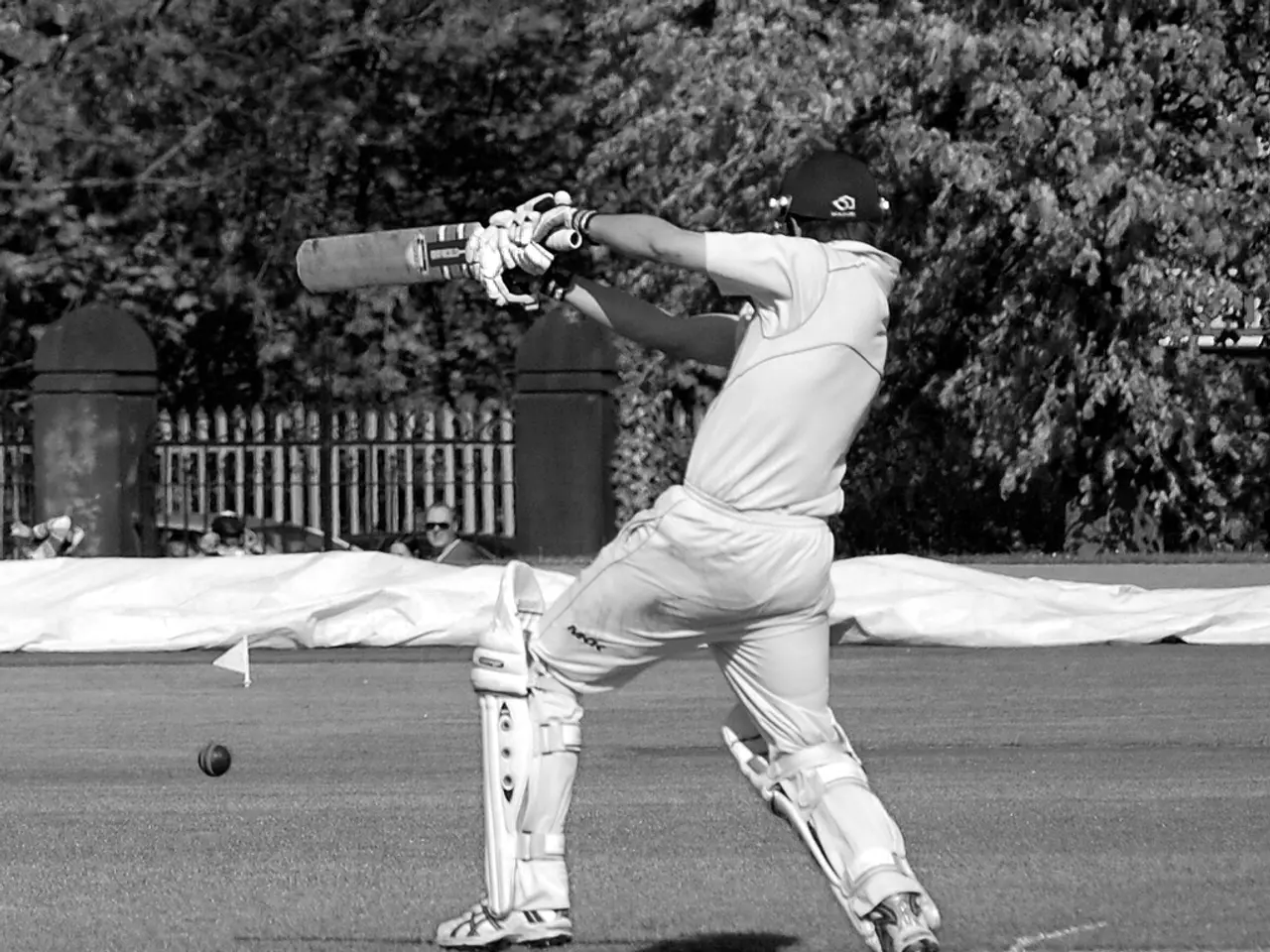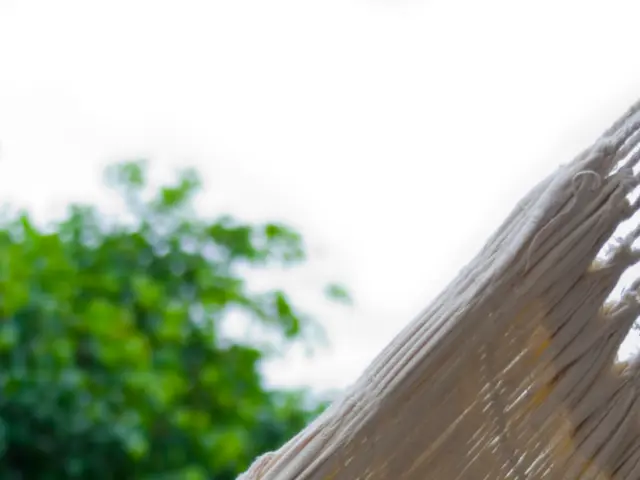Scientists from the West Reveal Ancient Secret of Cricket Song Generation Process
In a groundbreaking discovery, researchers at Western University have developed a computational model that accurately reconstructs the singing behaviour of crickets. This innovative model, published in the journal Royal Society Open Science, not only offers new insights into the biomechanics of cricket songs but also opens doors for evolutionary biology, neuroethology, and even paleobiology.
The new method treats wing veination flexibly, a departure from past models that made simplifying assumptions about cricket wing mechanics. By only constraining the wing at its natural hinge, the model more accurately represents the complex network of veins embedded within the rigid, leathery cricket forewings. These structures are responsible for producing the biomechanical vibrations that generate cricket songs.
The study's interdisciplinary methodology straddles neurobiology, biophysics, and computational simulation. The model leverages detailed physical measurements of cricket forewings and sophisticated computational modeling techniques to accurately predict the vibration patterns observed in live crickets. This remarkable predictive power validates the model's effectiveness.
Preserved specimens can now be utilized in bioacoustic reconstructions. Frequency shifts can be corrected by hydrating the wings or adjusting stiffness parameters computationally. This finding suggests that curatorial protocols may incorporate measures to facilitate sound-related studies in archived specimens.
The venation pattern of cricket forewings critically influences the wings' mechanical properties, dictating the frequency and pitch of the sounds produced. These chitinous structures, exquisitely captured in fossils and museum specimens, provide a rare continuity of morphological and behavioural data across evolutionary time.
The research emphasizes the unique evolutionary niche of crickets in sound production, as their songs rely on durable chitinous structures. The model's capacity to generalize beyond its initial training data implies it could be used to predict the vocalizations of crickets and related species whose wings have not been measured directly.
The implications extend beyond crickets and insects, potentially allowing the sounds of extinct animals to be revived through sophisticated modeling of preserved remains. This transformative research turns silent specimens into acoustic archives, bridging centuries to bring the living world of crickets roaring back to life.
By solving a technically complex problem with elegant modeling that respects biological authenticity, the Western research team has made significant strides in the field of bioacoustic research. The singing behaviour of crickets, once a mystery, is now within our reach, offering a fascinating glimpse into the world of these small but vocal creatures.
Read also:
- Peptide YY (PYY): Exploring its Role in Appetite Suppression, Intestinal Health, and Cognitive Links
- Toddler Health: Rotavirus Signs, Origins, and Potential Complications
- Digestive issues and heart discomfort: Root causes and associated health conditions
- House Infernos: Deadly Hazards Surpassing the Flames





